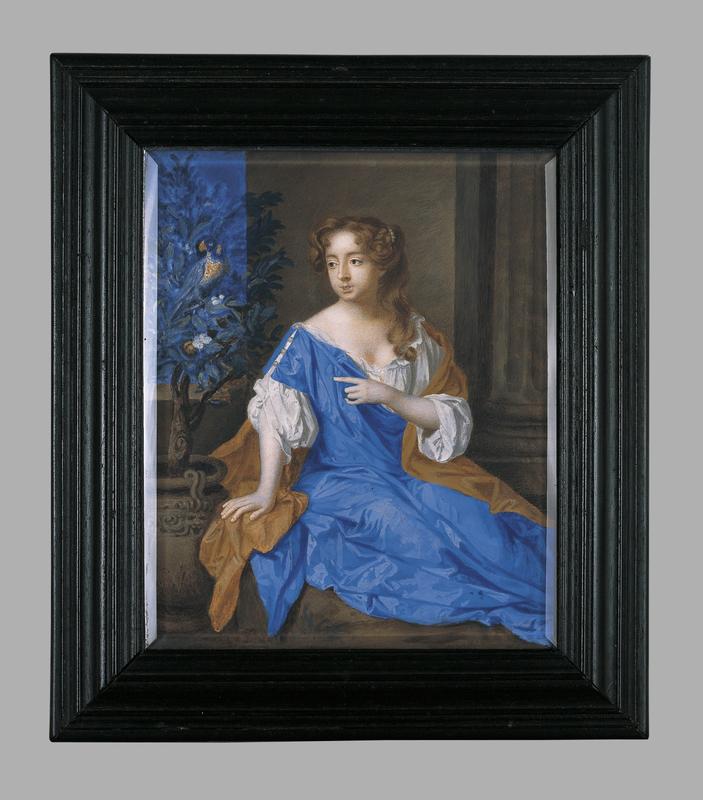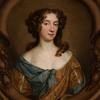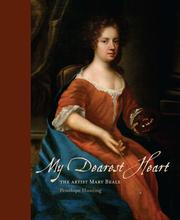More about Lady Elizabeth Percy, Countess of Ogle and Duchess of Somerset
- All
- Info
- Shop

Sr. Contributor
Lady Elizabeth Percy was a sole heiress to a large fortune, which meant a lot of people wanted to marry her, but none for the right reasons.
By the time Lady Elizabeth was sixteen, she was already a widow twice over. Her first marriage made her Countess of Ogle, her second made her flee the country, and her third made her Duchess of Somerset. Her first husband wasn’t ideal, to put it mildly. He’d been chosen for her by the Dowager Countess, who raised Lady Elizabeth as her ward. The Dowager Countess had other options to consider, most notably a natural son of King Charles II. The king had raised his son's title to Earl of Northumberland likely in the hopes of wooing a rich heiress to grant his illegitimate son a higher place in society. But the Dowager Countess was, quite simply, not having it. She didn’t think that Charles II’s son, George Fitz-Roy, came with enough wealth or connections to make a suitable match. So, less than a month after refusing the proposal, Lady Elizabeth was married to Henry, Earl of Ogle. King Charles II was offended, so his George Fitz-Roy was raised from Earl to Duke as a rejection consolation of sorts.
Lady Elizabeth’s other relatives weren’t so happy about the match and they weren’t shy about letting the Dowager Countess how they really felt. One relative described him “the saddest creature of all” and “as ugly as anything young could be”. Perhaps he was a nice guy and could have made a good match for Lady Elizabeth, but they only met once they were standing at the altar. He then left to travel abroad and died within the year.
Being a thirteen year old widow who was now even richer from adding the late Earl of Ogle’s fortune to her own, Lady Elizabeth was sought after once again. Her second husband was nicknamed “Tom of Ten Thousand” due to his wealth, and was known to be handsome. Things still didn’t go well. The wedding was held in secret, the legality was questioned, and the Dowager Countess was accused by her relatives of accepting bribes from the groom’s family to make the match happen. In one account, the person most against the match was Lady Elizabeth. She went through with the ceremony only to immediately flee for London afterwards, and didn’t return until her groom was dead.
There are multiple possibilities as to why she noped out of married life with Thomas Thynn, but the most likely scenario was that she was warned on her wedding day that her husband was basically a lying man-slut. Prior to meeting Lady Elizabeth, he’d seduced a young lady under the pretense of marriage and promptly ditched her. Lady Elizabeth never had to deal with her class act of a husband, though. As if her love life wasn’t already complicated enough, she had a rather violent admirer who sought to free her from her marriage...by getting rid of her husband.
Originally, her admirer had tried to challenge him to a duel, but Thynn repeatedly refused, so the young man resorted to murder. At the trial, the men who had carried out the killing - agents of the admirer but not the admirer himself - claimed that after directly insulting Thynn’s courage they feared for their own safety and had to act in “self-defense.”Safe to say that this explanation did not hold up in court. Gossip being gossip and the public loving a tale of love and revenge, the most popular narrative held that Lady Elizabeth had directly ordered or orchestrated the murder, but there's no evidence to support this.
Her third husband (finally) seemed a promising match; Charles Seymour, Duke of Somerset, had a noble familial lineage that tracks back to Jane Seymour’s marriage to Henry VIII. Alas, the two made a powerful political pair, their marriage was said to be unhappy.
Our artist, Mary Beale, was a student and friend of Peter Lely. One of Lely’s first portraits was of Lady Elizabeth’s mother, and a portrait of Lady Elizabeth herself is said to be his last, though he died suddenly in the middle of working on it. After Lely passed, a good chunk of Beale’s income came from recreating his works either by commission or as practice to enhance her own skills.
Sources
- Aronson, Julie, and Marjorie E. Wieseman. Perfect Likeness European and American Portrait Miniatures from the Cincinnati Art Museum. New Haven: Yale Univ. Pr., 2006.
- Barrington, Breeze. "In Praise of Mary Beale – One of Britain’s First Women Artists." Apollo Magazine. October 28, 2019. Accessed August 20, 2020. https://www.apollo-magazine. com/mary-beale-biography-penelope-hunting/.
- Brenan, Gerald, and William Alexander Lindsay. A History of the House of Percy: From the Earliest times down to the Present Century. London: Fremantle, 1902.
- Jameson, and Peter Lely. Memoirs of the Beauties of the Court of Charles the Second, with Their Portraits, after Sir Peter Lely and Other Eminent Painters: Illustrating the Diaries of Pepys, Evelyn, Clarendon, and Other Contemporary Writers. London: H













The thing that initially drew my eyes to this painting was the color blue. It is not the typical blue and the different shades to give the dress the ruffles and texture is amazing. I really enjoy how the bright blue of the girl pops against the brown of the background. You can tell she is the focal point of this painting.